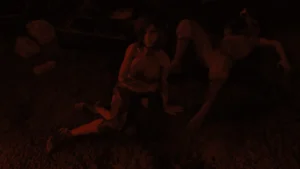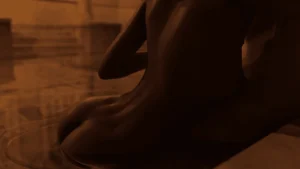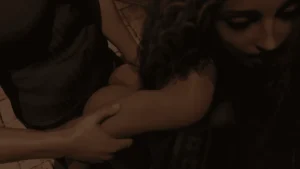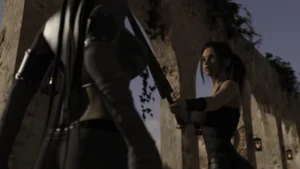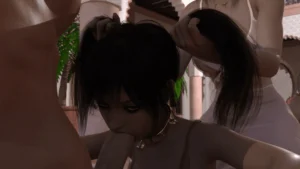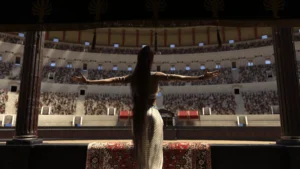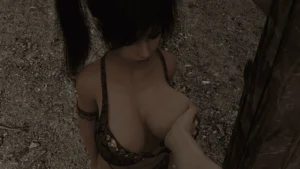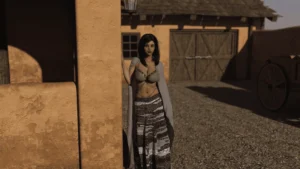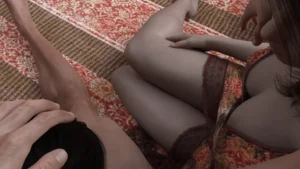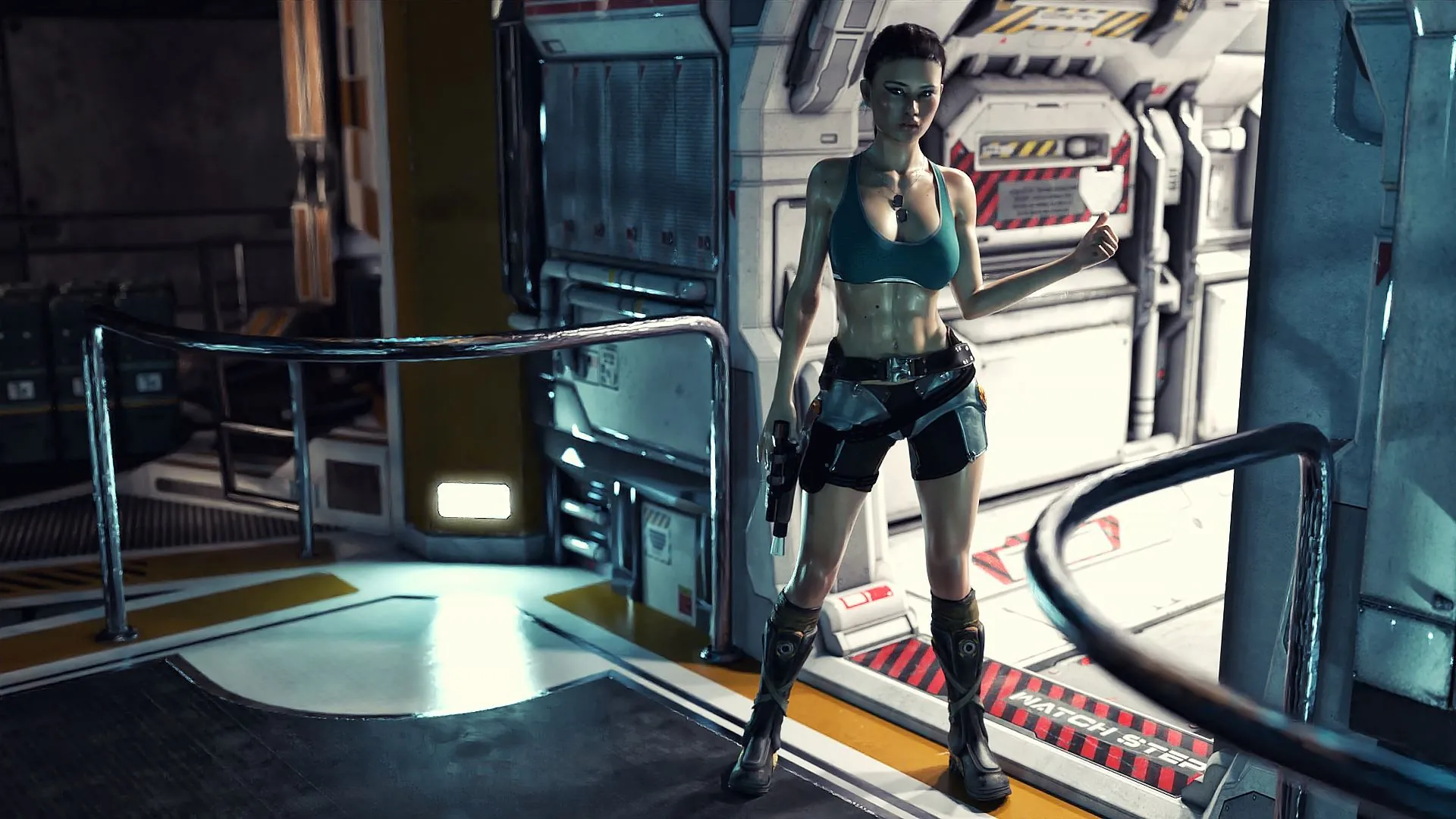
Desert Stalker
Play Desert Stalker
Desert Stalker review
Explore the immersive world, gameplay, and unique features of Desert Stalker
Desert Stalker is a distinctive adult-themed game that combines a rich post-apocalyptic setting with an engaging free-roam system and complex character interactions. Players step into the shoes of an anti-hero navigating a harsh wasteland, shaping the story through their choices. This guide dives deep into what makes Desert Stalker unique, from its immersive atmosphere to its polished visuals and storyline, offering practical tips and personal insights for both newcomers and seasoned players.
Exploring Desert Stalker: Gameplay and Storyline
Let’s be real—most games in this genre feel like a chore. You’re either grinding for resources or stuck on a linear path with little room for your own story. That’s why Desert Stalker hit me like a breath of fresh, albeit radioactive, air. 🏜️ Right from the start, its free roam adult game design philosophy is clear: this is a world built for you to live in, not just pass through. The freedom is intoxicating, and it completely redefines what a post-apocalyptic game can be.
What Makes Desert Stalker Unique?
So, what sets it apart? For me, it’s the perfect blend of freedom and polish. Many sandbox games promise a world without limits but drown you in repetitive tasks. Not here. The Desert Stalker gameplay is refreshingly devoid of grind. You explore because you want to, not because you have to farm 50 pieces of scrap metal to upgrade a weapon. The world is your sandbox, filled with meaningful discoveries and dynamic events that make every playthrough feel unique. It’s a free roam adult game that respects your time. ⏳
The interface is another standout. It’s sleek, intuitive, and gets out of your way. I remember booting it up for the first time and being struck by how clean everything looked. No cluttered HUD, no confusing menus—just a seamless portal into the dunes. This level of polish extends to the visuals; the sun-scorched landscapes are gorgeous in a bleak, haunting way, making exploration a genuine pleasure.
To really hammer home how Desert Stalker stands out, let’s put it side-by-side with some common tropes in the genre.
| Feature | Typical Sandbox Game | Desert Stalker |
|---|---|---|
| Exploration Freedom | Often gated by grind or level requirements | True open-world from the start, no artificial barriers |
| Player Agency | Illusion of choice, minimal impact on the narrative | Meaningful decisions that tangibly shape the Desert Stalker story |
| Visual & UI Polish | Functional but often clunky or dated | Highly polished, intuitive, and immersive interface |
| Core Gameplay Loop | Collect, craft, repeat | Explore, interact, and influence a living world |
This focus on quality over quantity is what makes the Desert Stalker gameplay loop so compelling. You’re not just surviving; you’re thriving and shaping a legacy. ✨
Navigating the Post-Apocalyptic World
The atmosphere in this game is a character in itself. The post-apocalyptic game setting isn’t just a backdrop; it’s a palpable force. The wind howls across dunes that hide forgotten ruins, and the ever-present sun beats down on a world that’s equal parts beautiful and deadly. I’ve spent hours just wandering, stumbling upon hidden caves, abandoned settlements, and encounters that made me stop and think. This isn’t a world you rush through—it’s one you absorb.
This immersion is key to understanding how to play Desert Stalker. The game doesn’t hold your hand with a giant arrow pointing to your next objective. Instead, you learn to read the environment. A distant plume of smoke might signal a camp or a disaster. Weird rock formations could hide an entrance to an underground complex.
My Pro Tip: Talk to everyone. Seriously. The Desert Stalker characters you meet in dusty taverns or at lonely outposts are your best source of rumors, quests, and world-building. One casual conversation with a scavenger led me to a hidden oasis I’d have completely missed otherwise. 🤫
Your approach to this world is defined by your role as the ultimate anti-hero game character. You’re not a chosen one destined for glory; you’re a stalker—a rugged survivor making a living in the wastes. You decide what that means. Will you be a protector for those struggling to get by, or a ruthless opportunist who takes what they want? This moral flexibility is woven into the very fabric of the Desert Stalker story.
Character Dynamics and Player Choices
This is where the game truly shines. The Desert Stalker characters are complex, flawed, and incredibly well-written. Your relationships with them aren’t predetermined; they are built (or destroyed) by your choices. The game presents you with difficult dilemmas that have no clear “good” or “evil” answer, forcing you to role-play your version of the anti-hero game character.
I’ll never forget one particular playthrough. I was trying to help a small settlement fend off a group of raiders. The leader, a stubborn but honorable woman named Kira, asked me to sabotage the raiders’ water supply. It was the “good” option. But then I got talking to one of the raiders I’d captured. He wasn’t a monster; he was just a desperate father trying to feed his kids, forced into a life of violence by a cruel boss. The game presented me with a third option: help the raider overthrow his boss and negotiate a peace. It was riskier, with a higher chance of failure, but it felt right. This kind of deep, branching narrative is the heart of the Desert Stalker story.
This single choice had cascading effects. Kira was initially furious I’d parleyed with “scum,” but her respect for me grew when it resulted in lasting peace without more bloodshed. The raider I helped became a loyal contact, offering me tips and resources later on. It was a powerful reminder that my actions had weight.
How to maximize your experience: Don’t reload saves after a tough decision! 😈 Live with the consequences. The most memorable moments in Desert Stalker come from dealing with the unforeseen outcomes of your choices. It makes your Desert Stalker story uniquely yours.
Engaging with the Desert Stalker characters requires a bit of strategy. Pay attention to their personalities and pasts. Some value strength and direct action, while others respect cunning and diplomacy. Giving a gift that aligns with their tastes or choosing a dialogue option that reflects their worldview can open up entirely new questlines and deepen your connection to them.
Ultimately, mastering how to play Desert Stalker is less about combat stats and more about emotional intelligence. It’s about understanding the fragile ecosystem of human relationships in a broken world and deciding where you, as the anti-hero game character, fit into it all. Your legacy isn’t written in a main quest log; it’s written in the lives of the characters you change along the way.
Desert Stalker stands out as a thoughtfully crafted game that blends an immersive post-apocalyptic world with meaningful player choices and polished visuals. Its free-roam design ensures players remain engaged without tedious grinding, while the complex character interactions add depth to the experience. Whether you’re drawn by the story or the gameplay, Desert Stalker offers a unique journey worth exploring. Dive in and shape your own path through the wasteland.

